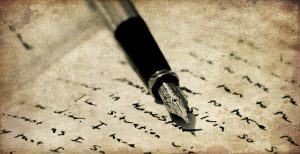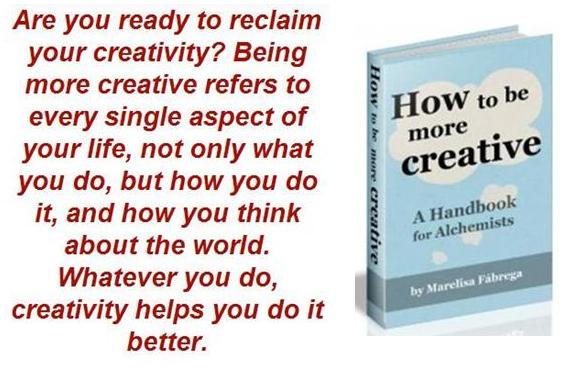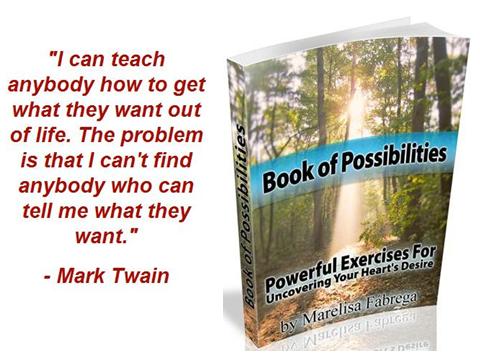 Writing, especially self-exploratory writing done on a regular basis, has been linked to emotional well-being and a strong sense of self-knowledge and self-trust.
Writing, especially self-exploratory writing done on a regular basis, has been linked to emotional well-being and a strong sense of self-knowledge and self-trust.
Many people find that writing is therapeutic, it helps to release tension, and it can even be used as a form of meditation. Writing gives insight, it gives perspective, it’s a problem-solving technique, and it can serve as an outlet for bottled up emotions, unresolved trauma, or for creative expression. Journaling is a great way to introduce self-exploratory writing into your life.
If you wish to establish a journaling practice, one approach is to purchase a Moleskine, set a timer for twenty minutes, and simply write whatever comes to mind without stopping until the timer goes off. However, there are two writing techniques–or journaling methods–which can help make your journaling sessions more satisfying, efficient, and effective.
These two methods are the following:
- Proprioceptive Writing
- Morning Pages
Both methods are explained below.
Proprioceptive Writing
Proprioceptive Writing is a writing practice created in 1976 by Linda Trichter Metcalf. She writes about it in her book, “Writing the Mind Alive: The Proprioceptive Method for Finding Your Authentic Voice”. “Proprioception” comes from the Latin “proprius” meaning “one’s own”
This writing practice consists of listening to your thoughts and slowing down the thought process to the time it takes to write down what you’re thinking. It involves inner listening and an honest exploration of your thoughts and feelings. In addition, it connects your mind with your emotions, and it strengthens your sense of self.
To carry out this practice you simply find a place where you will not be disturbed for twenty-five minutes; you light a candle, turn on Baroque music, and place a stack of unlined white paper and a pen in front of you. The candle is meant to create a sacred space for your writing and to help you focus, and Baroque music has been shown to induce the alpha brain frequency, which is the level of mind commonly associated with meditation.
To begin you simply take the first thought that enters your mind and write it down. You then proceed to write down what you’re thinking, what you’re feeling, what interests you, and what concerns you. As you write, don’t worry about grammar, punctuation, word usage, sentence structure, style or eloquence.
Ask yourself: “What do I mean by _____” whenever something you write down catches your attention. This will help you to amplify that thought, and will allow you to reflect on it more meaningfully. Proprioceptive Writing differs from stream of consciousness writing in that you’re not asked to simply write without thinking; quite the opposite, you’re instructed to reflect on your thoughts.
Although you’re asked to listen to yourself and to reflect on what you’re thinking, you’re not to judge or critique what you’re writing down. Think of yourself as an archeologist on a dig, curiously scrutinizing and examining each thought, without judgment. At the end you can read what you wrote out loud to yourself so that you can hear your thoughts again in your own voice. This practice will help you to explore your mind, reconnect with your inner self and with your emotions, and find your authentic voice.
Morning Pages
Mental clutter or debris stands in the way of our creative potential. In the book, “The Artist’s Way at Work”, the authors offer Morning Pages as a tool to help you clear out this debris. As the name suggests, Morning Pages are to be done in the morning; the waking mind is more open to free-form writing and can more easily jump from one subject to another without the constraints set by reason.
When writing your Morning Pages there is no time limit, instead, you’re asked to write until you’ve filled three pages in long hand. This takes some people twenty minutes, while it takes others forty or forty-five minutes. You simply write down anything that comes to mind for three pages and then stop. Your writing can be about the things that you hope to accomplish during the day, questions you need answered, problems you need to solve, and so on.
Morning Pages help us to prioritize and organize our days according to our authentic needs and agendas. Think of them as a holding spot for your thoughts, feelings, and ideas. In addition, it’s a place for inspirations to emerge.
As an added benefit, Morning Pages help us to identify the different voices of our inner self. The authors of the “The Artist’s Way at Work” explain that we all possess the following inner voices: the Tyrant, the Rebel, the Inner Critic, the Inner Mentor, and the Inner Child, among others. As you progress with your Morning Pages you will learn to recognize each of these voices and get better at identifying which ones to ignore and which ones you need to pay closer attention to.
Conclusion
Whatever method you choose, I would strongly encourage you to begin a regular journaling practice. Many people have what they call a “holy hour” in the morning, which they use for meditation, contemplation, or simply to gather their thoughts before the day officially begins.
Consider creating a sacred space for yourself every morning in which there is nothing but you and a blank sheet of paper beckoning you to set forth your thoughts, feelings, needs and wants, and to reconnect with yourself.
“The act of putting pen to paper encourages pause for thought, this in turn makes us think more deeply about life, which helps us regain our equilibrium.” ~ Norbet Platt



Related Posts:
- 18 Things to Do With a Moleskine, or Any Notebook
- How to Conduct a Life Audit
- 119 Journal Prompts for Your Journal Jar
- 24 More Fabulous Tips For Writers, From Writers
Did you enjoy this article? Subscribe to “Daring to Live Fully” by clicking here and get free updates.








 Marelisa Fabrega is a lawyer and entrepreneur. She holds a Bachelor of Science in Business Administration from Georgetown University in Washington, D.C., as well as a Juris Doctor from the Georgetown University Law Center. You can learn more about her
Marelisa Fabrega is a lawyer and entrepreneur. She holds a Bachelor of Science in Business Administration from Georgetown University in Washington, D.C., as well as a Juris Doctor from the Georgetown University Law Center. You can learn more about her 






Comments on this entry are closed.
Good advice. I’ve been Morning Paging daily for more than ten years and have found it to be an especially rewarding experience. I do advise new journalers not to spend more money than they have to on journals. Go to an office supply store like Staples and get a 3-pack of 4-1/2 x 7 single-subject notebooks, with 40 sheets. They cost less than four dollars per pack. It will take about 20 minutes to fill 3 pages. They hold fountain pen ink very well, and you won’t feel like you’re splurging as you would with a Moleskine, which can sometimes have a chilling effect on your self-expression.
Actually the single-subject notebooks have 80 sheets. I get about 40 entries per notebook, so you need 9 notebooks per year, give or take.
Hi Sam: Thank you for your input. Morning pages are incredibly helpful. I just use college ruled filler paper and put them in a binder.